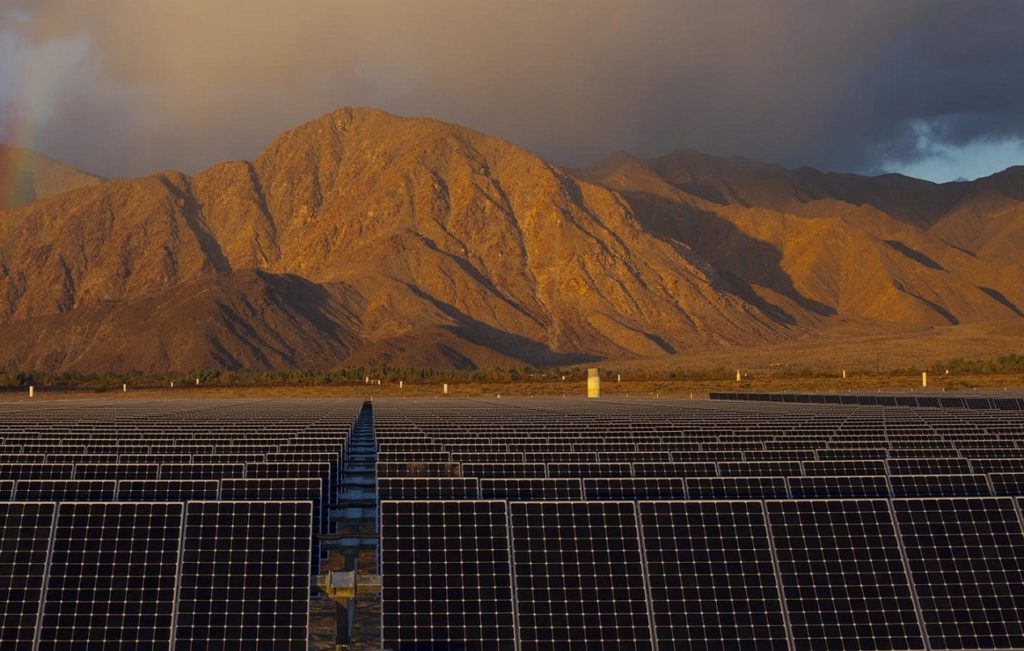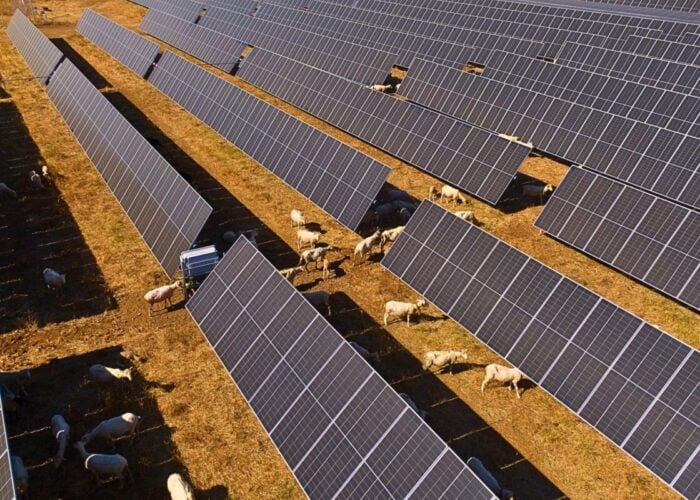
Calling for a three-fold increase in renewables investment in the next decade, the International Energy Agency’s (IEA) latest edition of its World Energy Outlook, published today, has been largely welcomed by analysts and industry observers, who are urging world leaders to respond accordingly at the COP26 Climate Change Conference.
The IEA said its latest World Energy Outlook makes it clear that current clean energy progress is “still far too slow” to put global emissions into a decline towards net zero, highlighting the need for an “unmistakable signal of ambition and action from governments” at the conference, which starts in Glasgow later this month.
Unlock unlimited access for 12 whole months of distinctive global analysis
Photovoltaics International is now included.
- Regular insight and analysis of the industry’s biggest developments
- In-depth interviews with the industry’s leading figures
- Unlimited digital access to the PV Tech Power journal catalogue
- Unlimited digital access to the Photovoltaics International journal catalogue
- Access to more than 1,000 technical papers
- Discounts on Solar Media’s portfolio of events, in-person and virtual
By showing that current policies fall short of getting global warming in check by 2030, the IEA is “laying down a clear gauntlet for action on climate”, said Simon Cran-McGreehin, head of analysis at non-profit organisation the Energy and Climate Intelligence Unit.
“Continuing global dependence on fossil fuels is exposing the UK and the rest of the world to ongoing energy price volatility, which could be avoided – along with destructive temperature rises – if bold decisions are taken over the next few weeks.”
The report finds that clean energy investment would need to double in the 2020s to be consistent with limiting the rise in global average temperatures to “well below 2 °C” and it would need to more than triple in order to keep the door open to a 1.5 °C stabilisation.
Solar PV and wind are set to more than double their combined current share of electricity generation over the next decade in two of the IEA’s scenarios and quadruple it in another, the net zero emissions pathway, which would see around 4.96TW of solar PV deployed globally in 2030.
Showing that electricity sector decarbonisation is the biggest single lever for closing the 2030 ambition gap for 1.5C, the report makes clear the urgency of working towards clean power, said Dave Jones, global programme lead at think tank Ember, which itself warned earlier this year that solar projects are not being built quickly enough to keep pace with rising electricity demand.
“COP26 will be defined by what commitments are forthcoming for 2030, so the fact that the power sector is where the biggest gap lies means COP commitments for 2030 need to address clean power head-on,” Jones said.
Some 70% of the additional spending required to put the world on a path to net zero is needed in emerging economies, according to the IEA, which said although there have been some successes of developing markets mobilising capital for clean energy – such as India financing a rapid expansion of solar PV in pursuit of its 450GW target for renewables by 2030 – there have also been persistent challenges, many of which have been exacerbated by the pandemic.
The net zero pathway would need annual solar PV and wind additions of more than 1TW in 2030, the report finds, with ambitions needed to be “raised significantly” in emerging markets to make this happen.
“What is really interesting about the report is the focus on action in relation to emerging and developing economies,” said Michael Burns, energy partner at law firm Ashurst, adding that a multilateral approach “is going to be needed to support emerging and developing economies with access to the capital and other support that is required to put them in a position where the required level of change can become a reality”.







